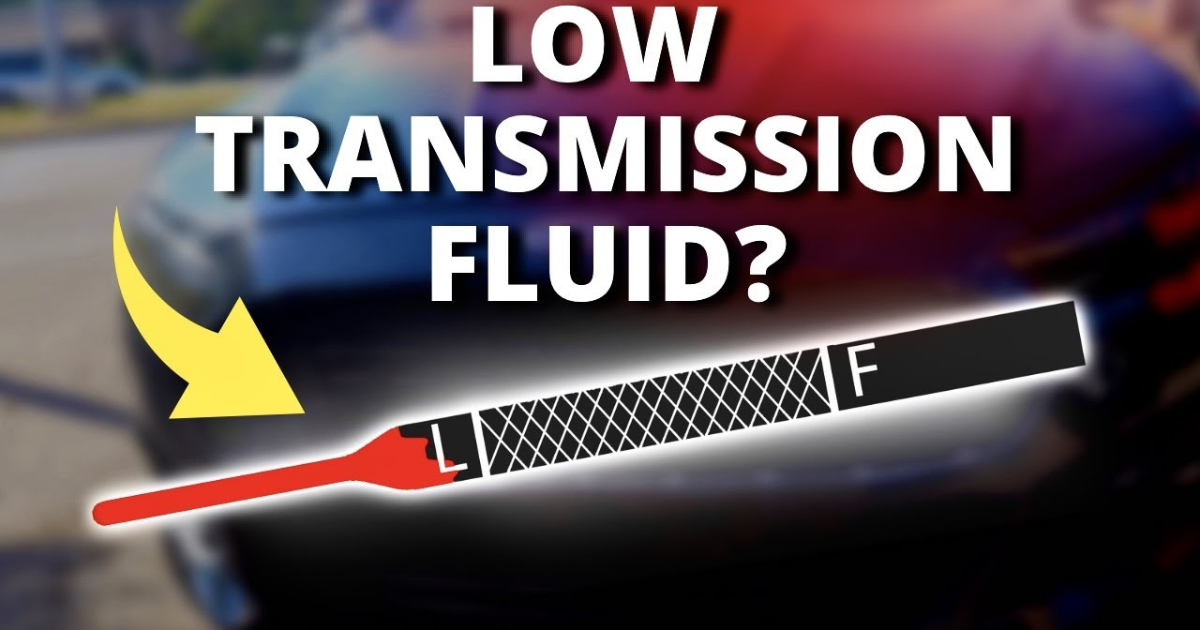No matter where you’re headed—to work, shopping, or home—professional drivers know that driving without transmission fluid can lead to disastrous gear problems. As soon as you notice you’re short on transmission fluid, the question of how far you can go without it naturally arises. Put simply, what occurs when the transmission fluid is absent while driving?
What is transmission fluid, and what does it do?
Transmission oil is a lubricant that prevents metal parts, bearings, and gear sets from grinding against each other while you drive, according to AAMCO.
Fluid from the transmission cools and lubricates the interior components of an automatic transmission, while also providing the hydraulic pressure and friction necessary for clean and precise shifts. Transmission fluids aid in cooling down the gearbox in both manual and automated transmissions.
The automatic transmission fluid makes shifting gears a breeze and protects the car’s internal components from the wear and tear that comes with moving gears. Although manual and automatic gearboxes use different fluids, they both serve to cool and lubricate the transmission’s internal components.
How long can you drive without transmission fluid?

Seeing the results of driving without transmission fluid has taught me not to drive when I see that the fluid level is low. It may damage some engine components and lead to disastrous transmission problems.
You might find out the hard way if you disregard this and keep driving, even for a short distance.
Drive a manual transmission for 10-15 miles with low fluid, according to some mechanics. But the initiative is with you. When you drive without transmission fluid, the transmission experiences more friction, which increases the likelihood of damage.
Do not depend on the symptoms I have described to determine when your transmission fluid is low, even though they are important. There is no warning light that will illuminate if the transmission fluid level is low. So, it is my advice that you perform the maintenance checks as planned.
On the other hand, how long does it take for an automatic transmission to go dry? When fluid is not present, automatic transmissions behave differently. Once an automatic transmission vehicle detects a lack of fluid to cool and lubricate the system, the vehicle will not start or shift into gear. Unlike manual transmissions, which require the driver to signal when it is safe to shift, automatic transmissions can recognize when it is safe to shift.
How long can you go without transmission fluid change?
It is recommended to change the transmission fluid every 30,000 to 60,000 miles due to the natural degradation process of the fluid. Although this is the standard guideline for most vehicles, it’s still a good idea to check the manufacturer’s website for particular information about when to change your gearbox fluid. In addition, the suggested frequency for changing transmission fluid may be shorter if you travel in large towing loads, in congested city streets, or in bad weather.
Conclusion
In conclusion, do not drive a manual transmission vehicle in a no-fluid condition, even though some mechanics say it’s possible to go 10-15 miles without transmission fluid. Ignoring this and continuing to drive without transmission fluid will lead to an unpleasant surprise.
You can’t generalize about all manual transmission automobiles based on the performance of one that goes 10-15 miles without transmission fluid. Being cautious is preferable to being unsure.




